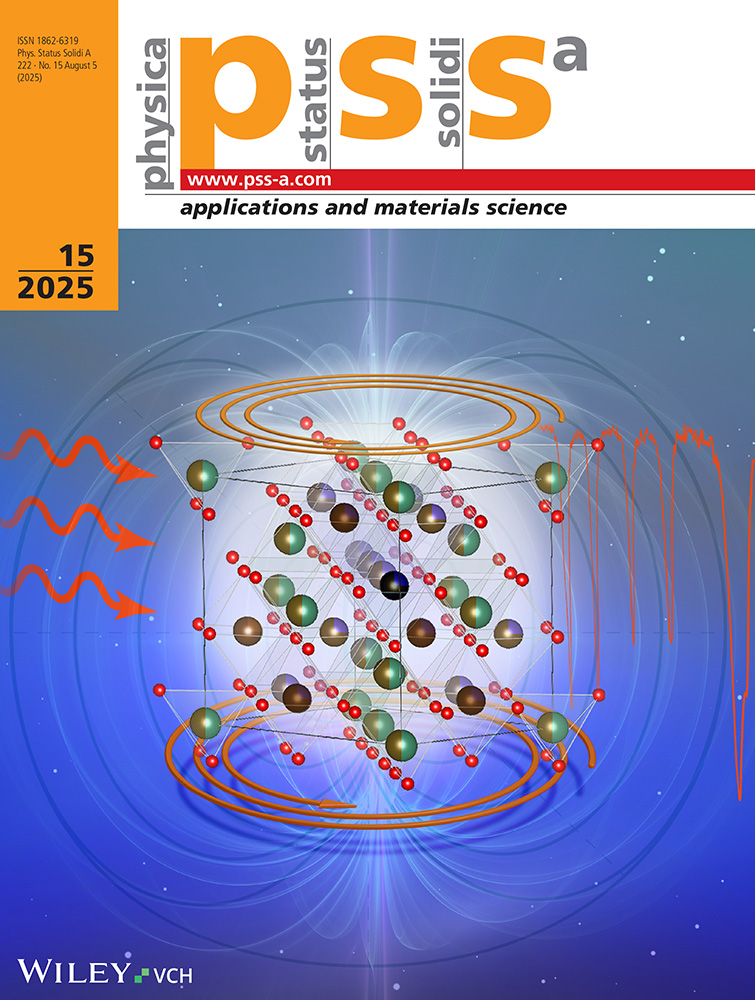Atomic Migration of Copper in Superalloy Incoloy-800
Trombay, Bomaby 400 085, India.
Abstract
enLattice diffusion of copper in incoloy-800 is studied in the temperature range 1050 to 1500 K by the serial sectioning technique. The lattice diffusion coefficient can be expressed by the relation: Dcu/incoloy-800 = 5.02 × 10−5 exp (−(269.05 kJ/mol)/RT) m2/s. Grain-boundary diffusion of the tracer is studied in small grained specimens of incoioy-800 in the temperature range 760 to 1170 K. It is found that both, Whipple's and Suzuoka's methods yield similar values of the diffusion coefficient. Autoradiography is used extensively to find out the extent of segregation of the diffusing species along the grain boundaries. The grain-boundary diffusivity can be represented by the following expression: Dgb,Cu/incoioy-800 = 3.35 × 10−5 exp (−(170.80 kJ/mol)/RT) m2/s. The effect of superficially formed thin oxide film on the migration behaviour of 64Cu into the underlying bulk material is also studied at two temperatures (1100 and 1200 K). The results are discussed.
Abstract
deDie Gitterdiffusion von Kupfer in Incoloy-800 wird mittels Reihensektionierungstechnik im Tempera-turbereich von 1050 bis 1500 K untersucht. Der Gitterdiffusionskoeffizient läßt sich durch die Beziehung Dcu/Incoloy-800 = 5,02 × 10−5 exp (−(269,05 kJ/Mol)/RT) m2/s ausdrücken. Korngrenzendiffusion des Tracer wird in kleinen gekörnten Proben von Incoloy-800 im Temperaturbereich 760 bis 1170K untersucht. Es wird gefunden, daß sowohl Whipples als auch Suzuokas Methode ähnliche Werte für den Diffusionskoeffizienten ergeben. Autoradiographie wird extensiv benutzt, um das Ausmaß an Segregation des Diffusors enllang der Korngrenzen zu ermitteln. Das Korngrenzen-diffusionsvermögen läßt sich durch den folgenden Ausdruck darstellen: Dgb,Cu/Inoloy-800 = 3,35 × 10−5 exp (−(170,80 kJ/Mol)/RT) m2/s. Der Einfluß einer oberflächlich gebildeten dünnen Oxidschicht auf das Wanderungsverhalten von 64Cu in das darunterliegende Volumenmaterial wird bei zwei Temperaturen (1100 und 1200 K) ebenfalls untersucht. Die Ergebnisse werden mitgeteilt und diskutiert.




